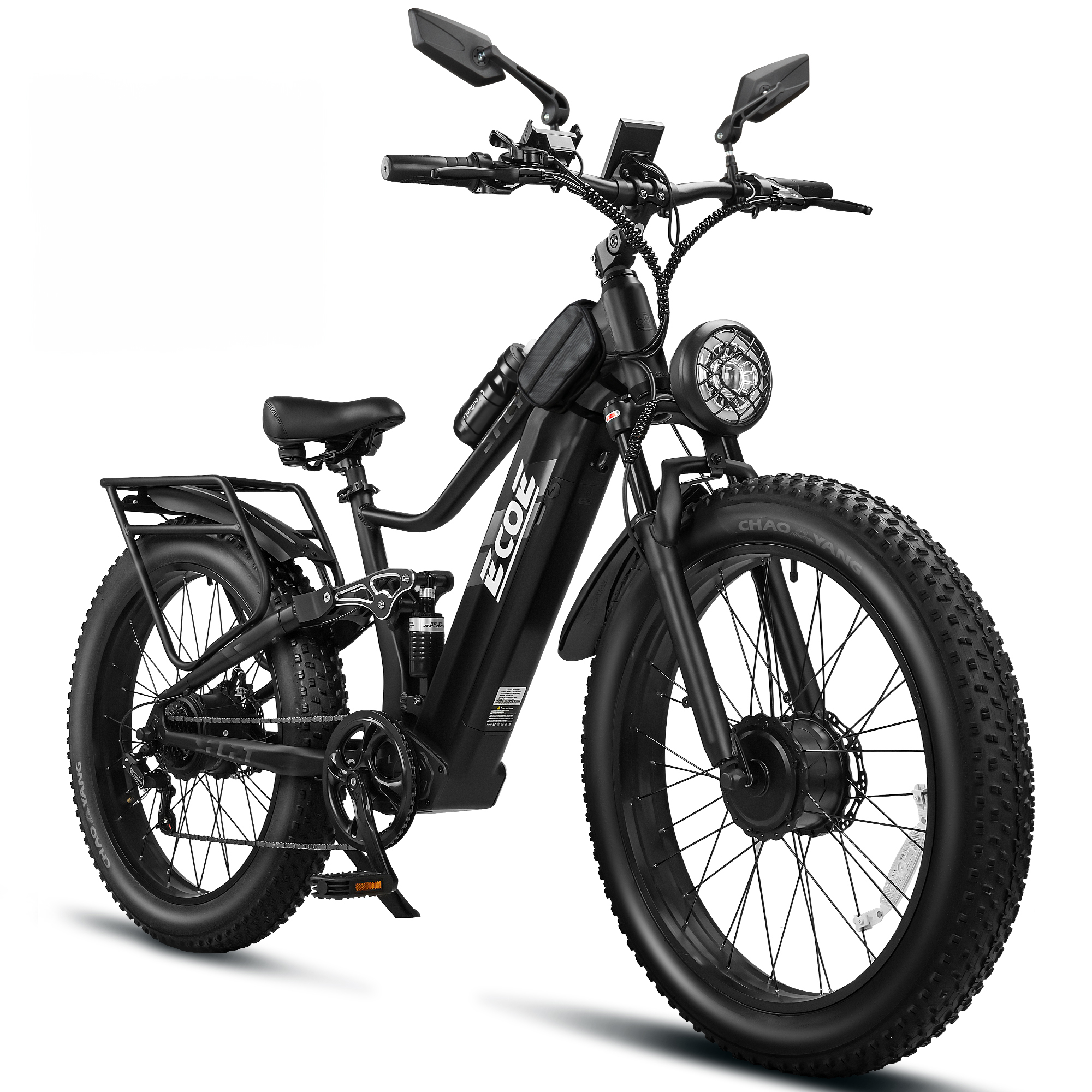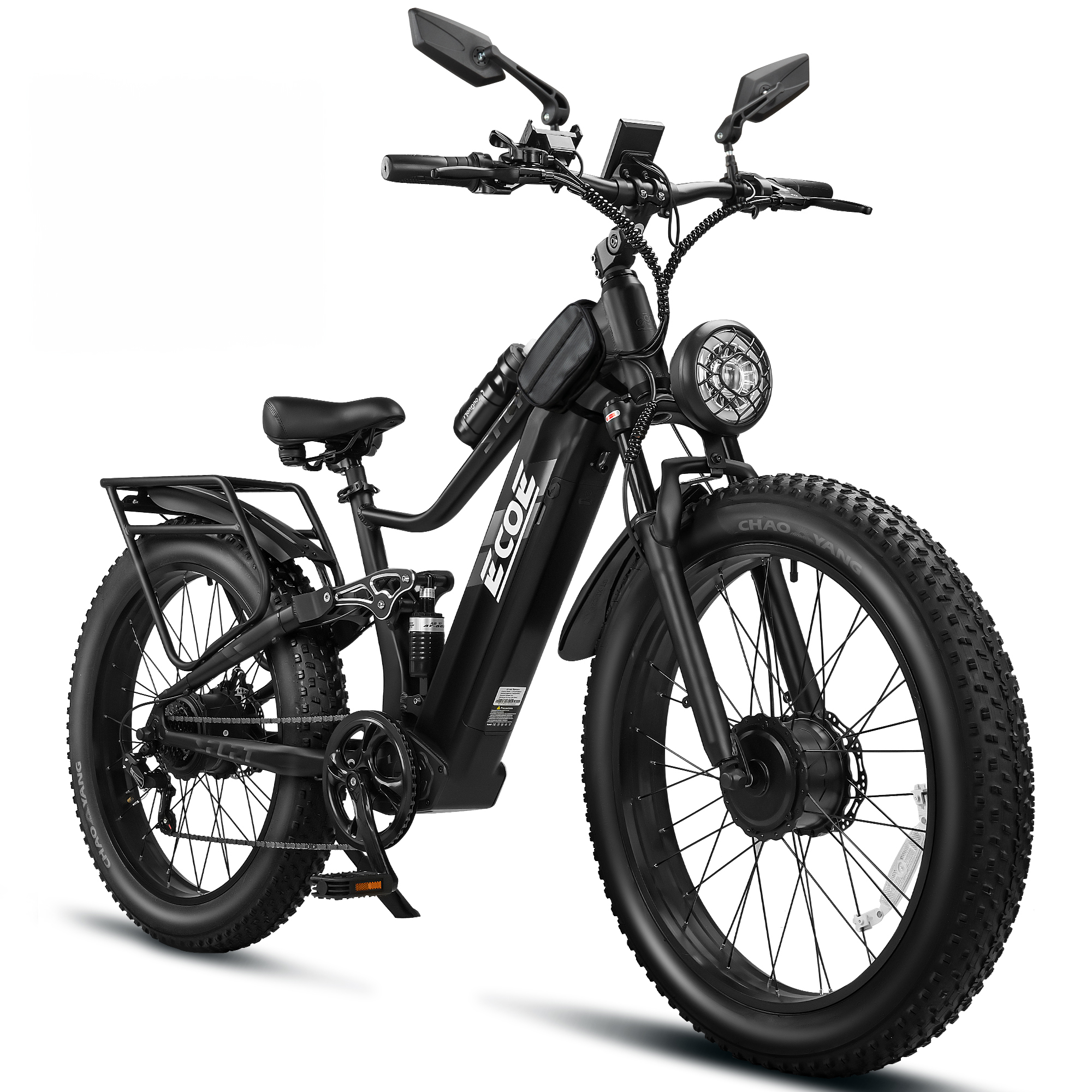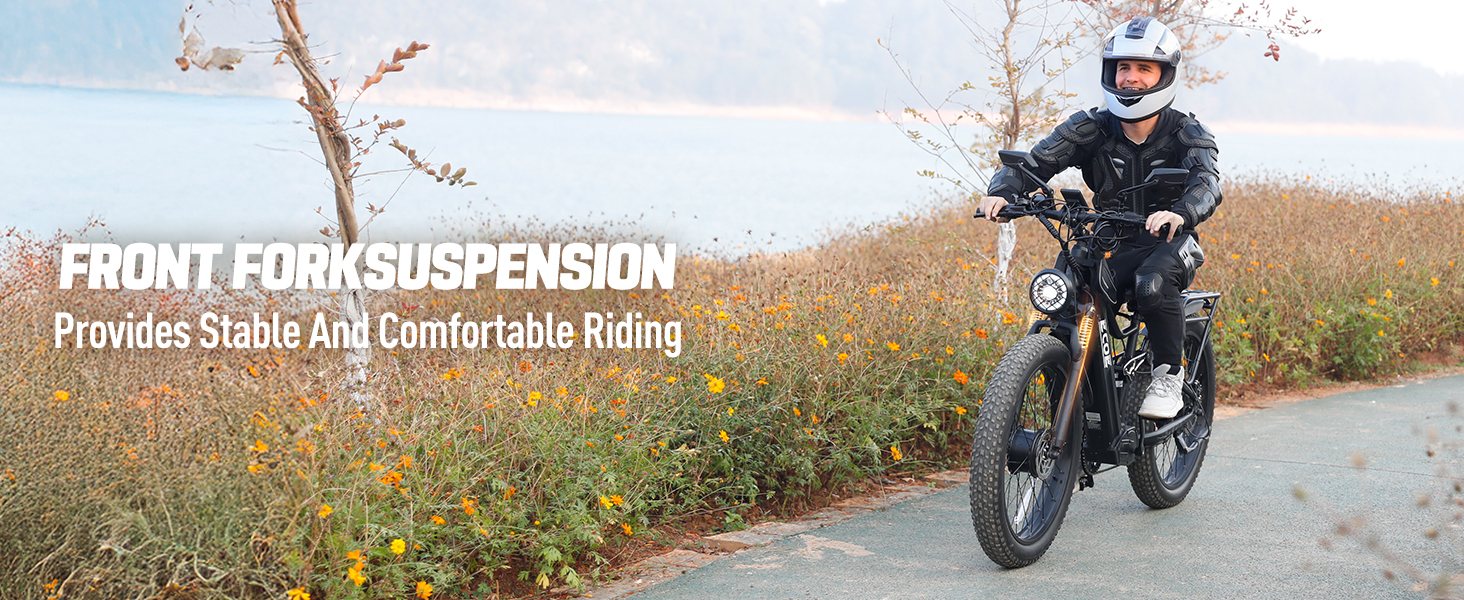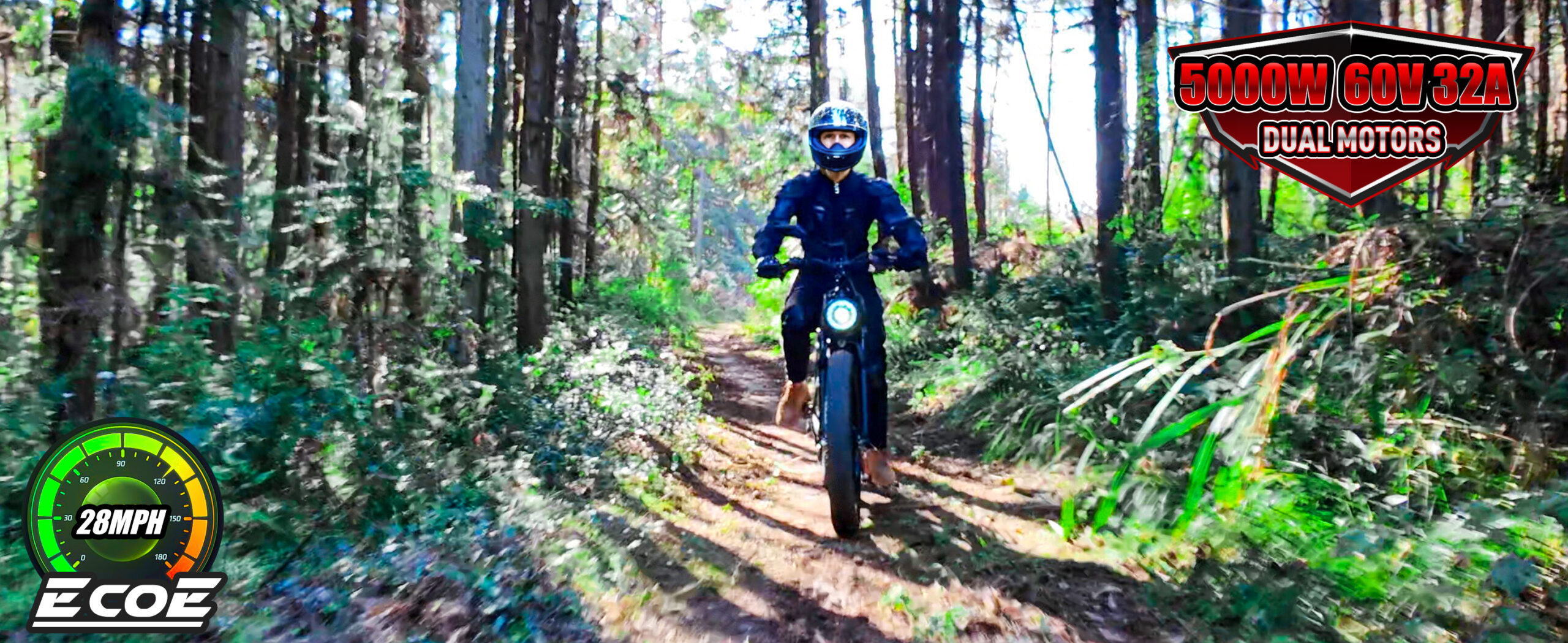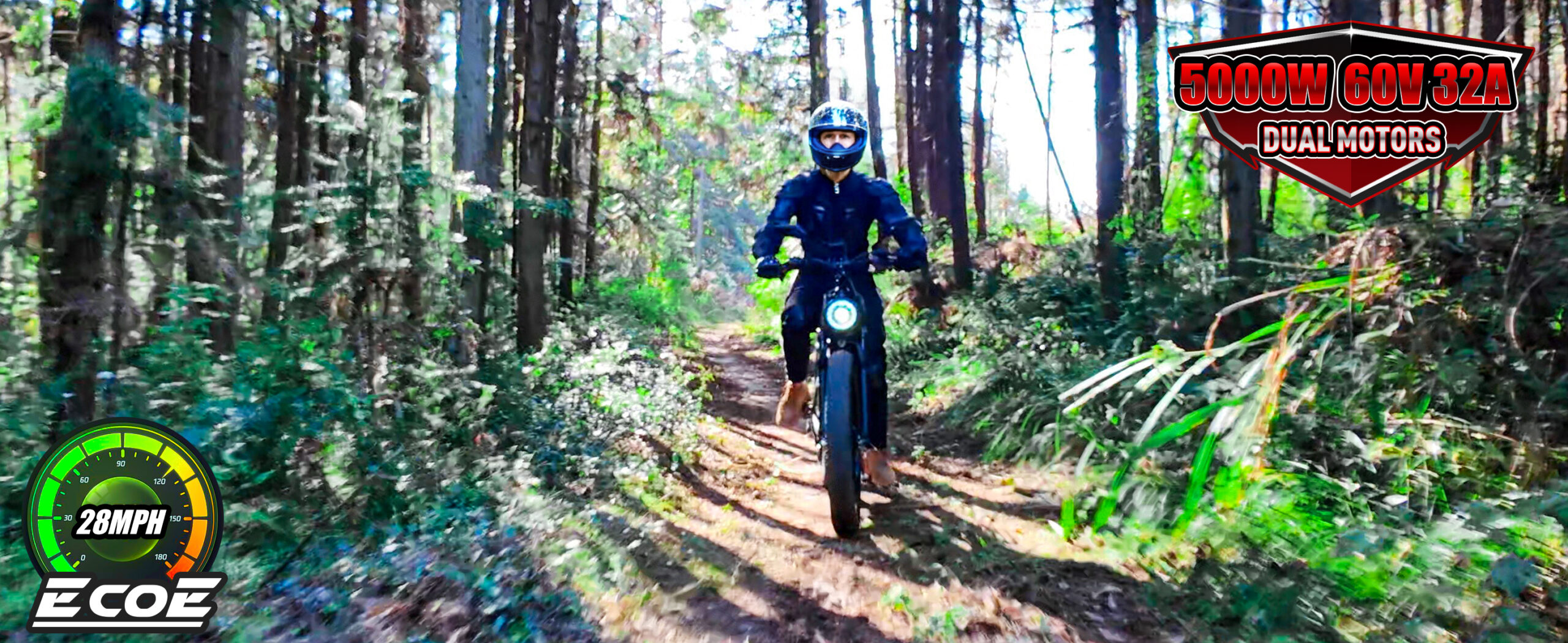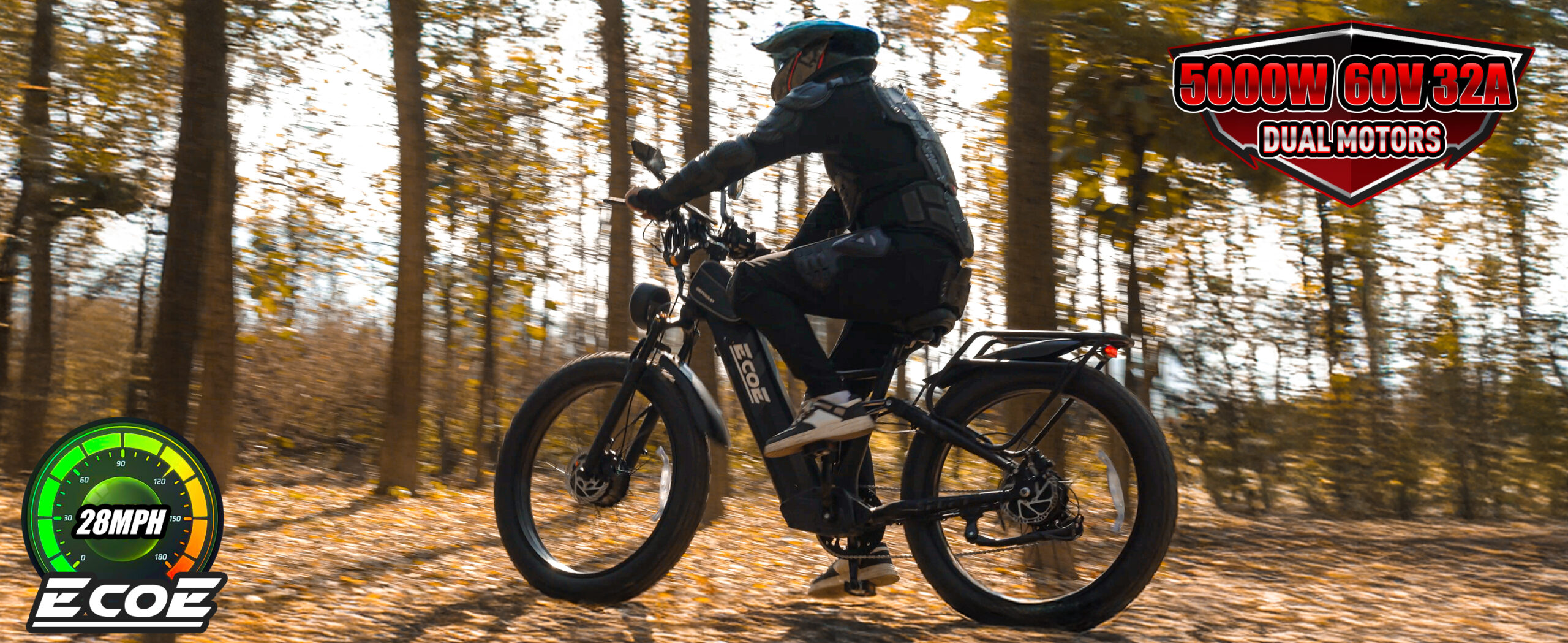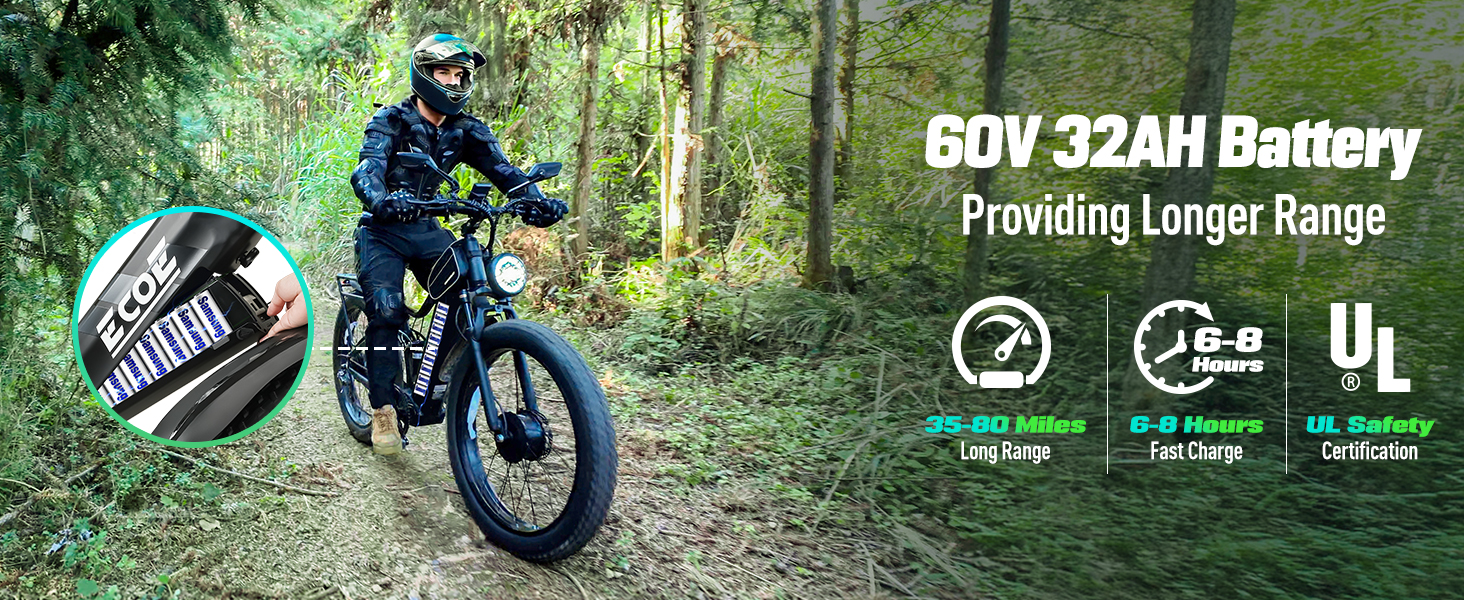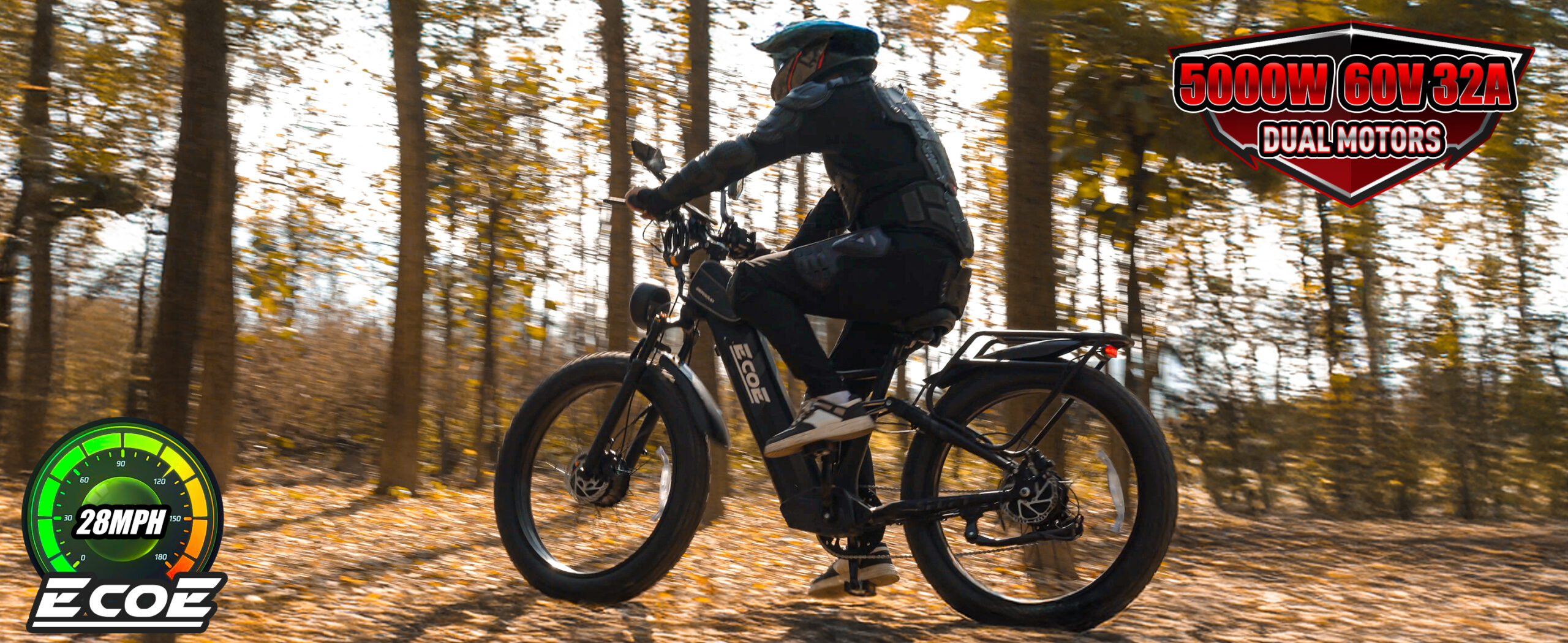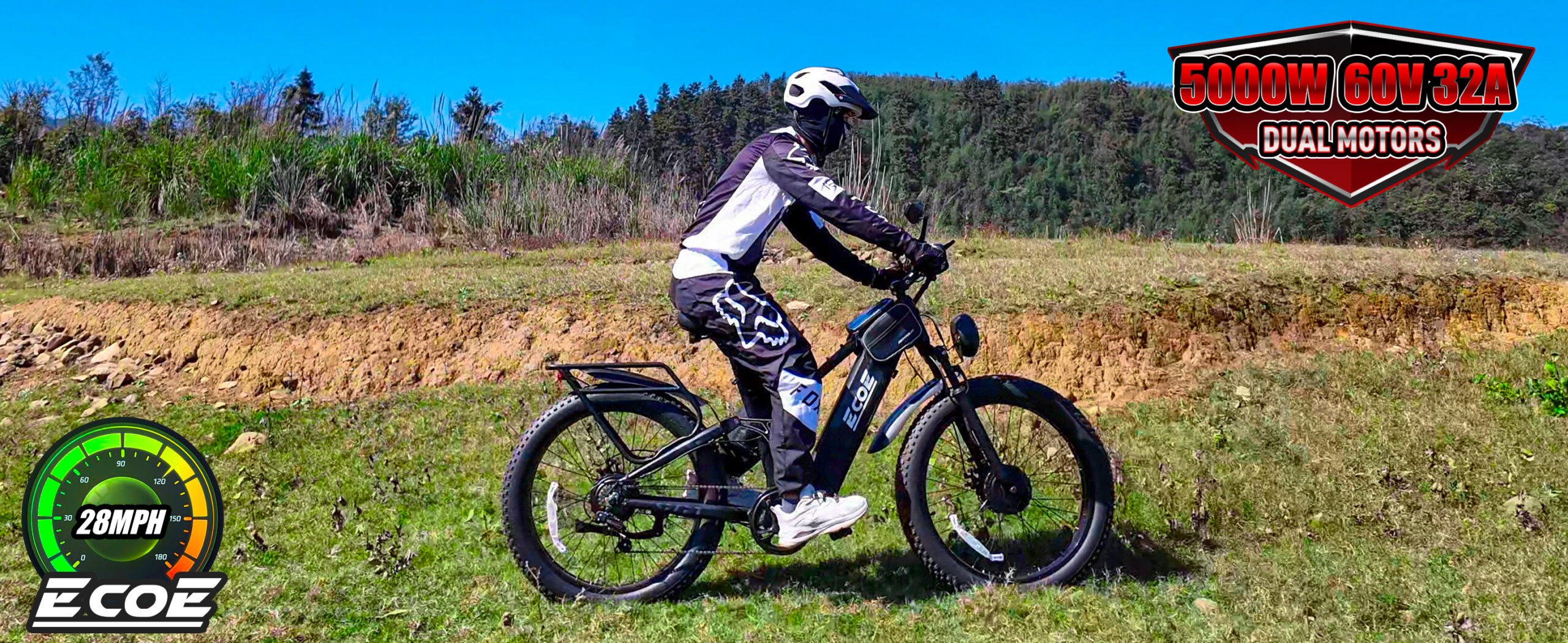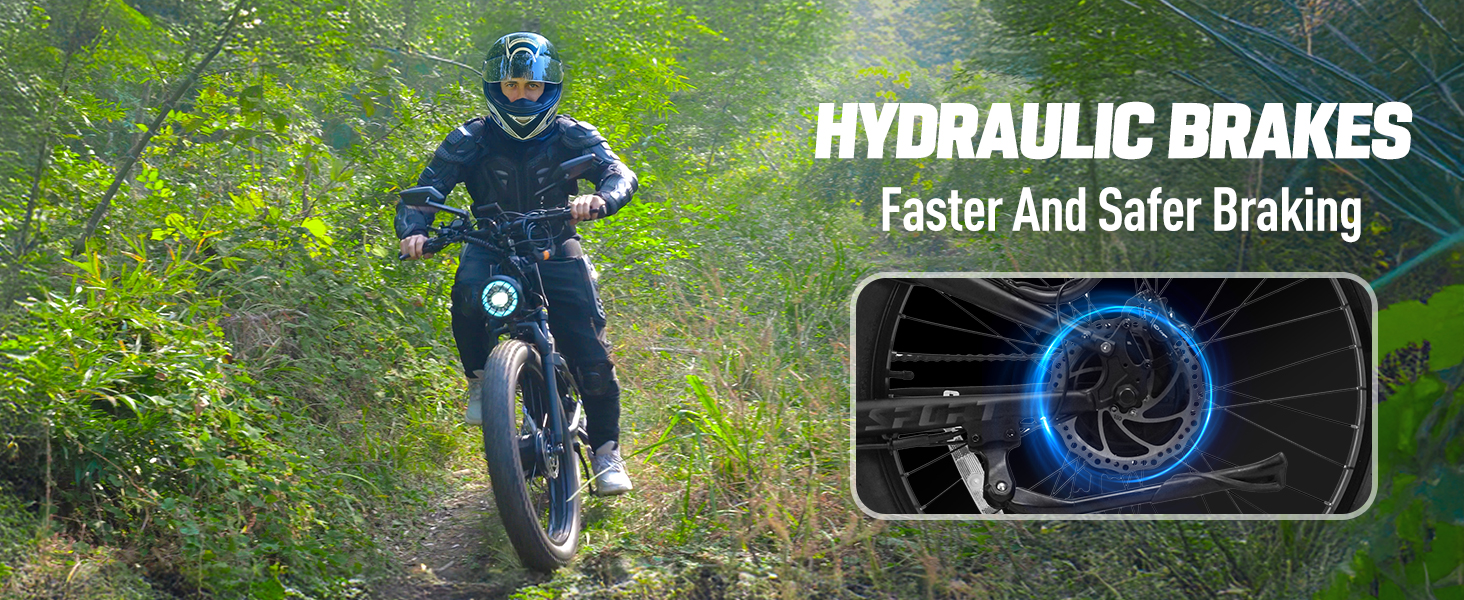Apr 11, 2025
Can an eBike Go 50 MPH? We Rode, We Wondered, We Found Out

We’d always thought e-bikes were just cool alternatives to scooters—great for commuting, zipping through parks, maybe hitting 25 or 30 mph if you’re lucky. But then someone online said their electric bike hit 50 mph. Naturally, we had questions. Can an e-bike really go that fast? Is it safe? Legal? And more importantly—what does it feel like?
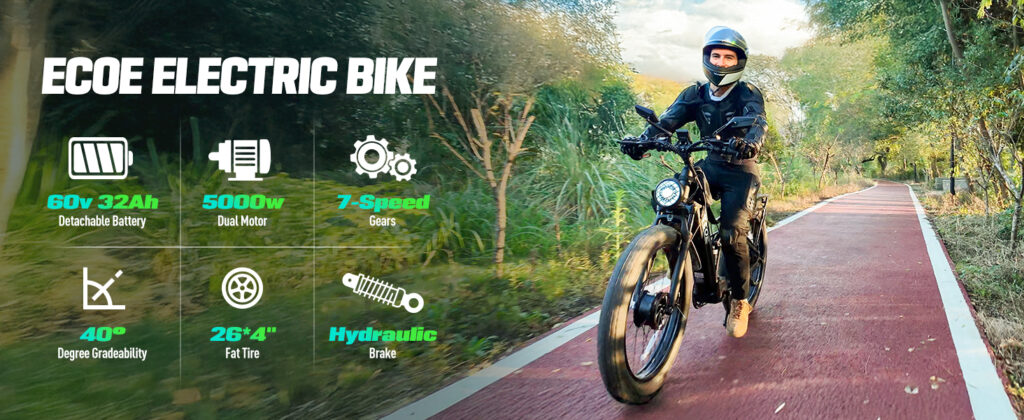
So, we did what any curious riders would: we tested it ourselves. The results? Eye-opening, a little scary, and definitely faster than we imagined.
It all started with a Reddit thread titled: “What’s the fastest your e-bike has ever gone?”
One guy commented: “Hit 51 mph on a 5000W dual motor beast. No downhill. Pure throttle.”
Another replied with a screenshot: GPS tracker showing 53.4 mph.
At first, we thought: No way. Maybe they had the wind at their back or were riding off a cliff.
But curiosity got the better of us. We gathered our small group, a couple of high-powered bikes (5000W+, full-suspension types), checked tire pressures, tightened helmets, and found a long, open stretch just outside town.
Our mission? Find out if 50 mph on an e-bike was a fantasy—or a reachable thrill.
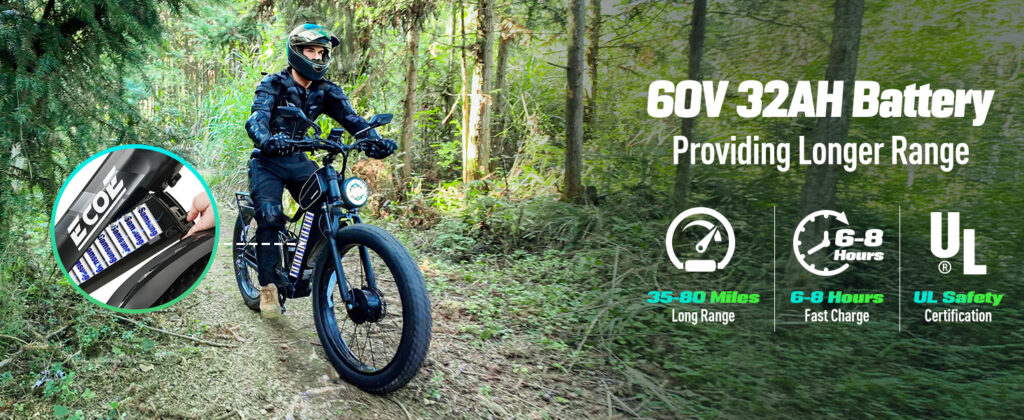
We’ll be real with you. The first time we opened the throttle, we didn’t hit 50. It was more like 39… then 42. Still fast, but not quite the mythical mark.
Then we switched to another bike—one of those dual-motor setups with a 60V battery and fat tires. It took off like a rocket. We were at 30 mph in seconds, and then 45… then 50.
That moment was weirdly emotional.
Everything gets loud. The wind, your breathing, even your thoughts.
The handlebars vibrate slightly. You’re constantly adjusting your body weight. One tiny bump in the road feels like a potential disaster.
And yet—it’s addictive.
Someone in our group actually yelled mid-ride, “This isn’t biking—this is gliding!”
But here’s the thing. At that speed, everything changes. It’s not just about going fast. It’s about how much control you don’t have if something goes wrong.
We weren’t the only ones curious. We reached out to a few e-bike enthusiasts online—people who’d posted about 50+ mph rides. Their feedback was… mixed.

Riley from Texas said, “My 5000W modded build hit 52.7 mph on flat road. It’s amazing until a squirrel runs across the path. Then it’s full panic mode.”
Another rider, Julie from Oregon, told us she once rode at 48 mph and immediately regretted it. “It was fun for five seconds. Then a gust of wind hit and I nearly swerved into traffic. Never again without motorcycle gear.”
One rider we did relate to was Alex from Ohio. He rides an Ecoe Electric Bike, a 5000W dual motor setup. He said, “Yeah, it hits close to 50 on a good stretch. But most days I ride around 25. I like knowing it can go fast, even if I usually don’t push it.”
Honestly? That last bit stuck with us.
After the excitement faded, we started asking harder questions.
Like—what’s the point of a 50 mph e-bike if you’re too scared to ride it that fast?
Also, how legal is this?
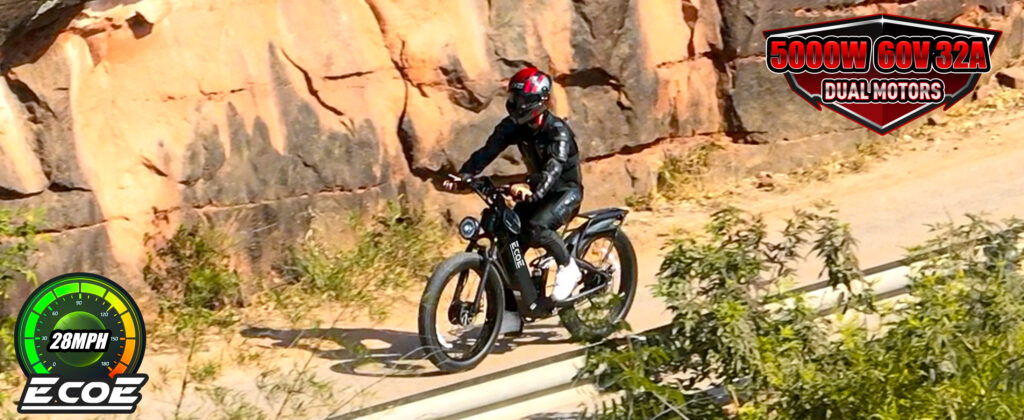
In most U.S. states, anything over 28 mph typically pushes you out of “bike” territory and into “motor vehicle” rules—meaning helmets, lights, registration, possibly even a license. These rules vary by state, and enforcement varies even more.
We checked California, New York, Florida—all had speed caps on Class 3 e-bikes. In some cases, you could ride faster bikes on private property, but public roads? Not so much.
So yes—an e-bike can go 50 mph. But the real question is whether you should.
The answer, for us, was: sometimes.
When the conditions are right, the road is clear, and you’re fully geared up—there’s nothing quite like it.
But as one of our friends put it:
“At 50, it’s not just biking anymore. It’s a commitment.”
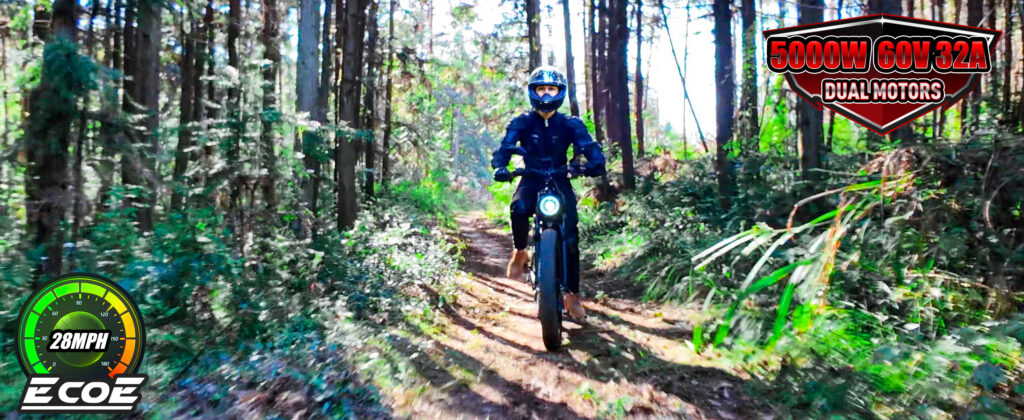
So, can an e-bike hit 50 mph?
Absolutely. We’ve done it, seen others do it, and tested bikes like the Sur Ron, Stealth B-52, and Ecoe’s 5000W e-bike that all flirt with or pass that speed mark.
But unless you’ve got the right roads, safety gear, and experience—it’s probably not what you want for everyday riding.
Our advice? Get a bike that gives you the option of going fast—but handles well at lower speeds too. For us, bikes like the Ecoe Electric Bike 5000W hit that sweet spot. You get torque, suspension, range, and the freedom to ride fast when you want, not because you have to.
And yeah—going 50 on a bike is crazy.
But in the right moment? It’s the kind of crazy that makes you feel alive.
Leave a comment
Please note, comments need to be approved before they are published.
当前文章评论已关闭。

